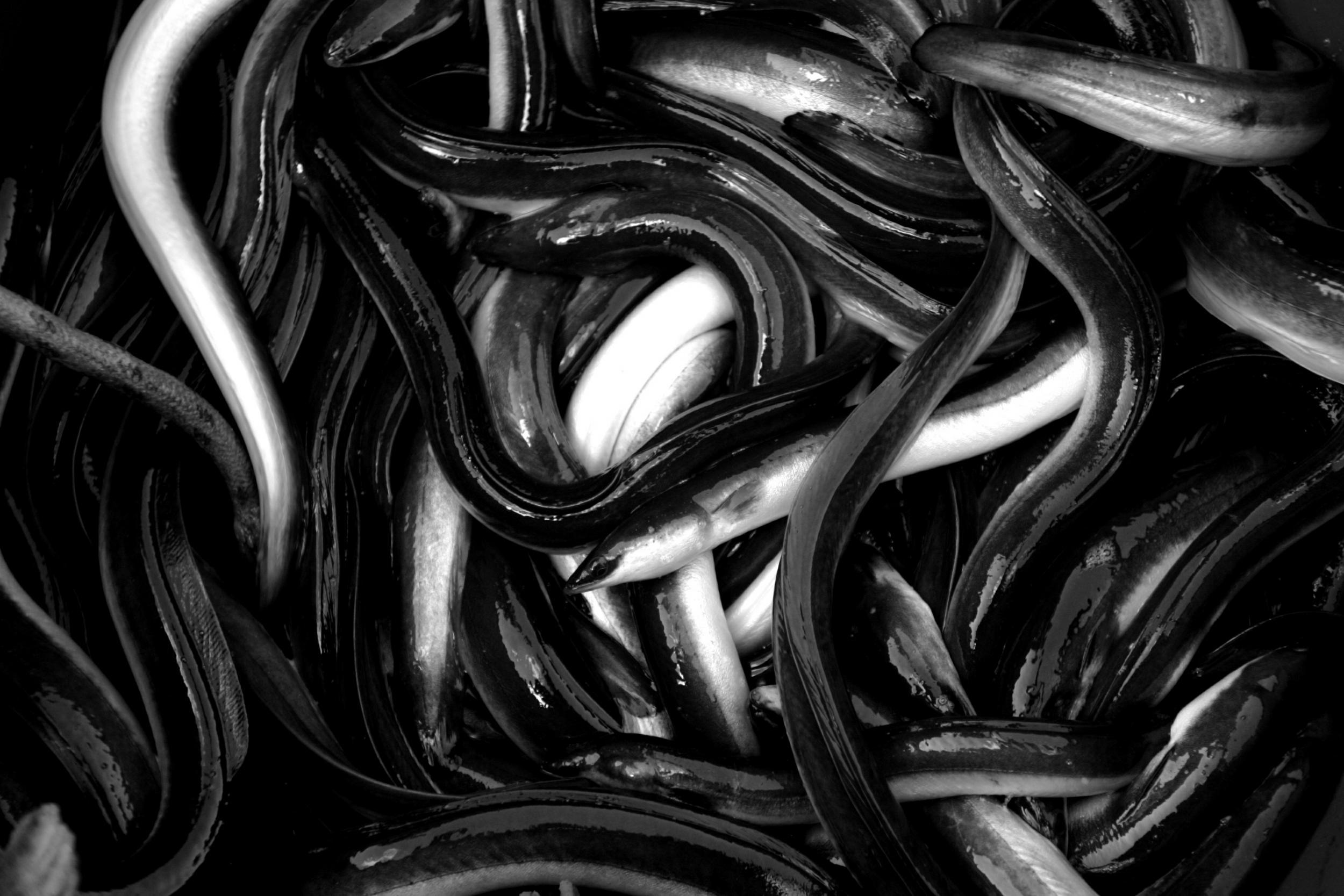Eels have a magnetic “sixth sense” that enables them to navigate 5,000 kilometres across the Atlantic from their birthplace in the Sargasso Sea, scientists have discovered.
This enables them to detect changes in the Earth’s magnetic field which enable them to hitch a ride in the Gulf Stream which carries warm water from the Caribbean to western Europe.
And that reduces the amount of time it takes to make the journey, although it still lasts about 300 days.
The researchers used magnets to simulate conditions at different points on the journey, then noted how this influenced the young eels’ swimming direction.
Professor Lewis Naisbett-Jones, of North Carolina University, said: “We were not surprised to find that eels have a magnetic map, but we were surprised to discover how well they can detect subtle differences in magnetic fields.
“We were even more surprised when our simulation revealed that they use their map not so much to locate Europe, but to target a big conveyor belt – the Gulf Stream – that will take them there.”
Pollution and our enthusiasm for eating eels have seen their numbers plummet by 95 per cent since the 1980s, and they are now critically endangered.
It is hoped greater understanding of the animals could help conservation efforts.
Professor Nathan Putman, who also worked on the study, said: “Knowing which environmental cues they use should allow for better predictions of variations in their migratory routes.”
After their swimming the Atlantic, eels spend the next 15 years growing to maturity in the rivers and estuaries of Europe and North Africa.
When they are ready to return their bodies start to lose their pigment, returning to the silvery colour of their youth. As they travel their eyes and fins enlarge and their bones and digestive systems degenerate.
After completing the same trip – this time against the current – they will mate in the Sargasso, spawn and die.
Even though festivals of eel catching and eating have been held on rivers across Europe for centuries, their life history had long remained a mystery.
It was only in 1922 that their spawning grounds were found, and the late 2000s when the adults’ journey was mapped for the first time.

Join our commenting forum
Join thought-provoking conversations, follow other Independent readers and see their replies
Comments